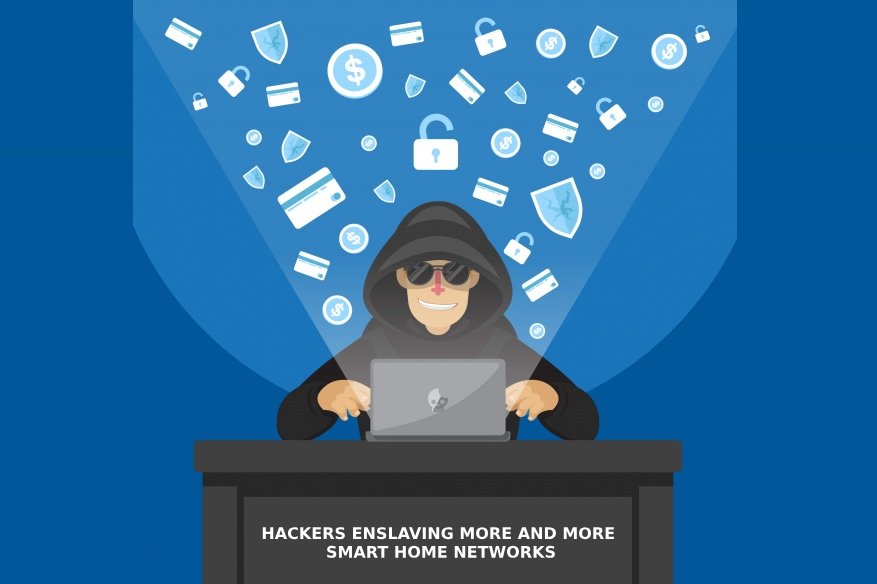Hackers Enslaving More and More Smart Home Networks

The name given to smart home devices may actually be a misnomer given the findings of Netscout, a security research firm. According to the researchers, hackers are increasingly using the unpatched flaws in the firmware of these smart gadgets in order to increase their control over hundreds of thousands of networks.
The hackers primarily employed using brute force software to glean what network passwords are or simply using a hacked generated list of the most common passwords there are. But Netscout has seen a pronounced change in these strategies focusing primarily on four bugs found in network devices and routers.
Because of the relatively longer software cycles of IoT devices, these security holes can remain unplugged for a longer time. This means hackers have a relatively longer time window to exploit these systems as a way into home networks.
The Netscout researchers basically found out about this new strategy when they installed IoT devices as a lure to these hackers and waited for the hacks to happen. After installing their smart home gadgets, they found out that hackers have begun attempting to attack the devices vulnerabilities within the 24 hours. They also start barraging the system with logins using commonly used credentials.
The researchers have also seen the use of attacks on newer vulnerabilities than the ones which network device manufacturers made public in 2015. Netscout personnel interpret this as the hackers basically adding the newest set of discovered vulnerabilities into their arsenal faster than before.
Since smart home devices receive security updates as they maybe sitting on the store shelf for a long time or they remain dormant, hackers can use this gap in updates to actually enter and take control of the said devices.
If you want to turn your house into a smart home, you may want to do your research first on what the security vulnerabilities are and what companies actually release updates fast. This is to prevent hackers from taking over your system and catching you literally with your pants down using your own smart home monitoring system.